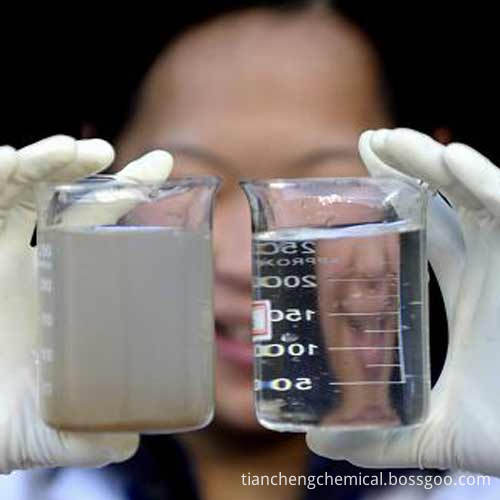When the construction time of the ramming material in the fluidized bed boiler is long, the joint should be located at the center line of the anchor brick or the hanging brick; when the construction is continued, the tamping joint surface should be scraped off 10~ 20mm, the surface brush is rough and continue construction. After the plastic construction is completed, it is covered with a plastic cloth, and the oven should not be used immediately. The surface of the plastic can be inspected before the oven.
When the bottom mold is removed, the compressive strength of the cast unit shall not be less than 70% of the standard value; the strength of the cast unit when the side mold is removed shall ensure that the surface and edges are intact and free from damage; the formwork shall be completely removed, and no part shall be left. Residues (such as nails, wooden molds, etc.).
In order to ensure the construction quality of the refractory and wear-resistant material lining of the lining, the spoiler is added to the corner of the lining, the anchor density is increased for the key lining part, the lining of the local difficult part is improved, the qualification rate is reasonable, the design template is reasonable, and reasonable. Technical measures such as expansion joints are provided to ensure the construction quality of the CFB boiler unshaped fire-resistant and wear-resistant material lining masonry.
In order to ensure the compactness of the lining of the unshaped refractory and wear-resistant material, the lining of the main wear area is detected by ultrasonic waves to determine the compactness of the lining of the amorphous refractory and wear-resistant material. After the lining is demolished and cured for 7 days, it shall be inspected in time according to relevant technical specifications, and the unqualified parts shall be inspected for rework to ensure the construction quality of the lining. The oven should be oven-driven with a pressure oven. The maximum steam pressure should be 30% to 70% of the rated pressure of the boiler.

Wastewater treatment is a process used to convert wastewater-which is water no longer needed or suitable for its most recent use-into an effluent that can be either returned to the water cycle with minimal environmental issues or reused. It takes an important part in improve our environment.
Wastewater Decolorant,High Chroma Wastewater Decolorization,Color Wastewater Decolorization,Industry Wastewater Decolorant
Shandong Tiancheng Chemical Co., Ltd. , https://www.tianchengchemical.com